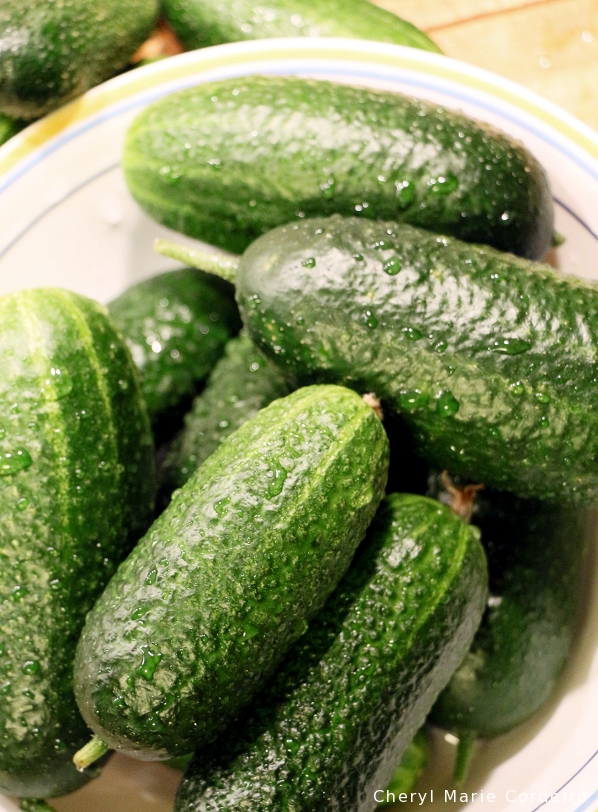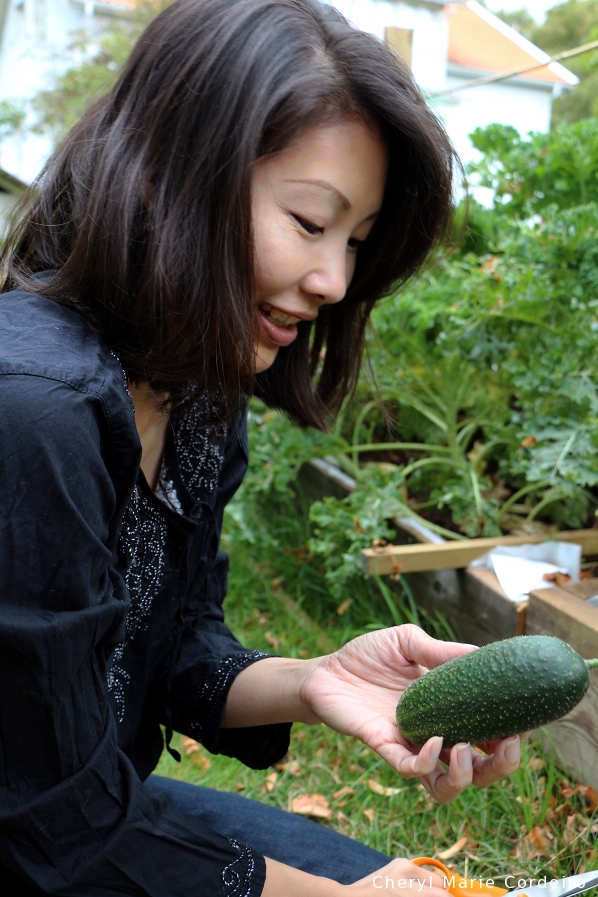Mr. P, Gothenburg, Sweden.
Text & Photo © JE Nilsson, CM Cordeiro 2014
In SINGAPORE. It was the result of a serendipitous meeting along the street. My first reaction was to believe it to be due to path dependency, although I was pretty sure that was too literal a translation of that theory, that led me to after forty-five minutes, the poignant realization that we were seated at a levelled table speaking across levels. Continue reading “Gödel or Godot? Differing world perspectives in a shared language and culture”









